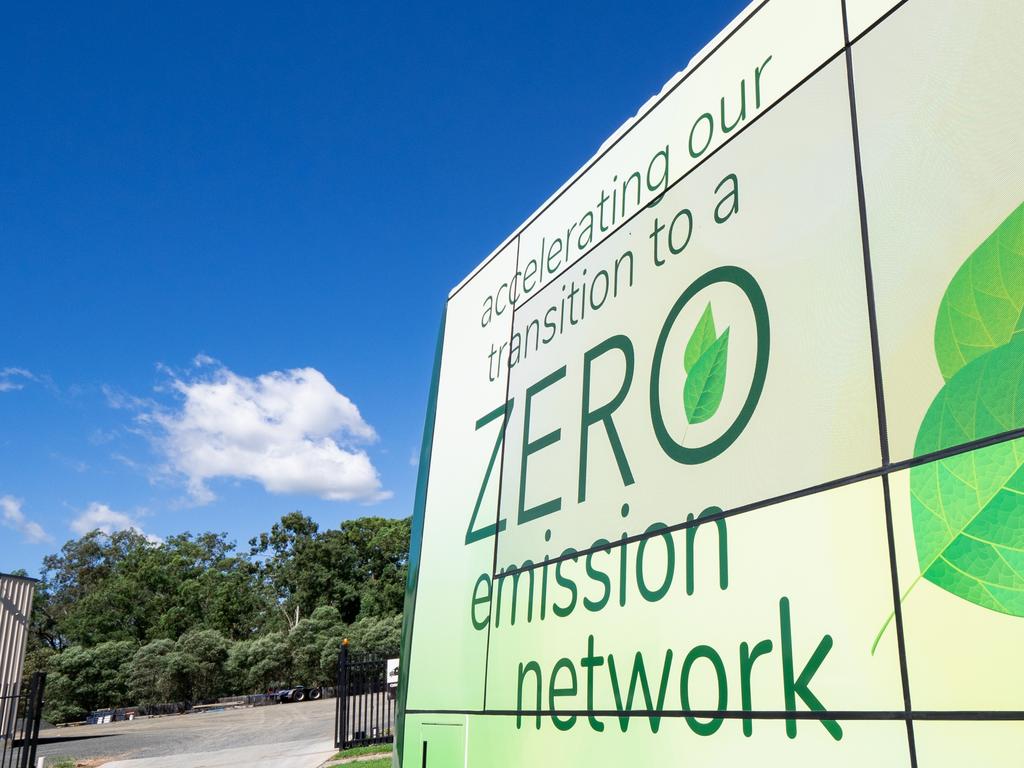Energy supply crunch remains despite spending jump: IEA
A jump in global energy investment in 2021 will struggle to meet demand or climate goals as the International Energy Agency called for an acceleration in green spending.

A jump in global energy investment to $US2.4 trillion ($3.5 trillion) in 2021 including a surge in renewables and coal generation will struggle to meet demand or climate goals as the International Energy Agency called for a green spending pick-up to help secure cheaper supplies.
Overall investment grew 8 per cent amid an energy crisis which has hiked electricity and gas bills worldwide and put pressure on governments to prioritise energy security over urgent goals to slash emissions this decade.
Renewables investment grew 12 per cent to $US1.3 trillion last year after annual increases of just 2 per cent in the previous five years. But the IEA said spending on green sources of energy was still well short of what was required to hit international climate goals and meant consumers were paying for expensive fossil fuel-based supplies.
Clean energy “investment is rising, but we need a much faster increase to ease the pressure on consumers from high fossil fuel prices, make our energy systems more secure, and get the world on track to reach our climate goals,” the IEA’s executive director Fatih Birol said. The total energy bill paid by the world’s consumers is likely to top $US10 trillion for the first time in 2022, putting pressure on governments to ease the hit through financial support and price interventions.
Despite an international backlash by financiers against funding coal, investment in the fossil fuel rose by 10 per cent last year to $US105bn due to growth in Asia. A similar jump is tipped for 2022.
“Around $US105bn was invested in the coal supply chain in 2021, an increase of 10 per cent year-on-year, and a further 10 per cent rise is expected in 2022 as tight supply continues to attract new projects. This is a long way from the market situation implied by international climate goals and the Glasgow commitment to ‘phase down’ coal,” the IEA said.

The energy agency said last year no new coal mines, oil or gas fields should be opened up if the world is to reach net-zero emissions by 2050.
The road map laid out in 2021 for the global energy sector to reach carbon neutrality by the middle of the century also says there should be no more coal-fired power stations and calls for an end to new petrol cars by 2035.
It said coal-fired power stations should be phased out by 2040 as the electricity sector reaches carbon neutrality before the broader economy, while declaring wealthy nations must adopt more ambitious targets and concrete plans to keep global warming to 1.5C of pre-industrial levels.
Renewable energy investment in the developing world, excluding China, was also marked as an area of concern by the IEA.
“Much more needs to be done to bridge the gap between emerging and developing economies’ one-fifth share of global clean energy investment, and their two-thirds share of the global population,” the IEA said.
“If clean energy investment does not rapidly pick up in emerging and developing economies, the world will face a major dividing line in efforts to address climate change and reach other sustainable development goals.”
Australia along with its main international rivals Qatar and the US benefited from a 6 per cent increase in demand for LNG last year, with Woodside Energy among producers committing to bring on new supply through its Scarborough project.
Still, higher construction and raw material costs loomed as an area of risk, especially for greenfield developments.
“Sponsors are contending with inflationary pressures, supply chain bottlenecks and labour shortages, and most projects face a 3 to 4-year construction period and a 30-year operating lifetime, with payback periods for invested capital that go well beyond the tight LNG balance that is expected over the next 2 to 3 years.”








To join the conversation, please log in. Don't have an account? Register
Join the conversation, you are commenting as Logout